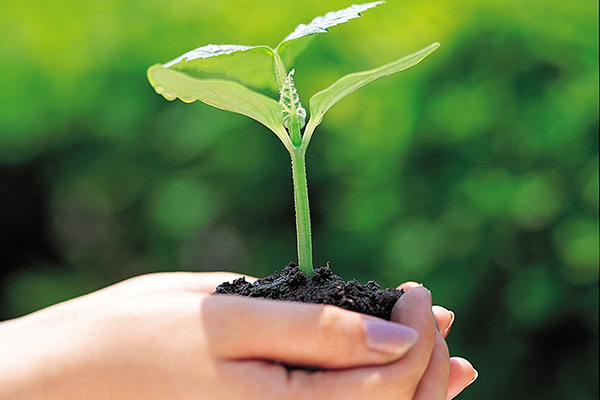Go Green While Taking Care of Your Diabetes
Reviewed by Robert Ehrman, MD

Everywhere you turn, it seems, you hear or read about some aspect of “going green.” If you want to go green with your diabetes care, think about getting back to the basics while cutting down on things you don’t need. It also helps to recycling what you can.
1. Keep up to date about diabetes care
Help manage your condition by reading about diabetes and doing research online. You can also meet with a certified diabetes educator or attend a diabetes education course. To find a diabetes educator or diabetes education program, ask your health care provider to refer you to one in your community.
Green message: Once you have finished reading this diabetes article or other written material, give it to someone else who has diabetes, or recycle it instead of throwing it away.
2. Check your blood glucose
The only way to know your blood glucose level is to check it. Get a glucose meter and learn how to use it correctly. Learn what the readings mean and how you can change readings you don’t like. Whether you have insurance or not, ask your Costco pharmacist what brand of meter and strips will cost you the least amount of money. Bring your meter with you when you visit your healthcare provider so you can review your numbers together. This is a great chance to learn more about what affects your blood glucose levels.
Green message: Recycle the printed paper in your box of strips, and the box itself. If the strips come in a plastic container, recycle it. Dispose of your lancets in a sharps container. Learn more about safe needle disposal at safeneedledisposal.org.
3. Be more active
Physical activity helps you manage your diabetes. It helps your body use the insulin you naturally make or it makes the insulin you take work better. You don’t have to be an athlete, but you can increase your activity by walking, gardening, dancing while you clean or doing another activity you enjoy. Wear a pedometer, a device that counts the number of steps you take. Research shows pedometers help motivate people to be more active.
Green message: Drive less. Walk or cycle more.
4. Learn about food
Various carbohydrate based foods and drinks affect your blood glucose. Get a carb-counting book online at nal.usda.gov or use a meter that has a carb-counting feature. Once you know how, choose foods, portion sizes and carb-free drinks that don’t cause your blood glucose to get too high.
Green message: Purchase a stainless steel bottle. Fill it with water (a healthy carb-free drink), clean it and reuse it rather than using many plastic bottles of water. Bag your own snacks and reuse or recycle the bag.
5. Take your medicine.
Take your medicine as prescribed. Learn the names, dosages and times of day to take your medicines. Learn how they work and what they do for you. You are likely to be taking medicine for your blood glucose, blood pressure, cholesterol and kidneys. Ask if your medicine can cause low blood glucose as a side effect. If it can, learn how to prevent and treat low blood glucose. Don’t let the cost of your medicine stop you from taking it. If you can’t afford the medicine, ask your health care provider about getting it for a reduced price.
Green message: Order your medicine for 90 days at a time. This will save on the number of containers you use. When you finish your medicine bottles, scribble out your name with a marker so no one can read it and recycle the containers rather than throwing them away.

